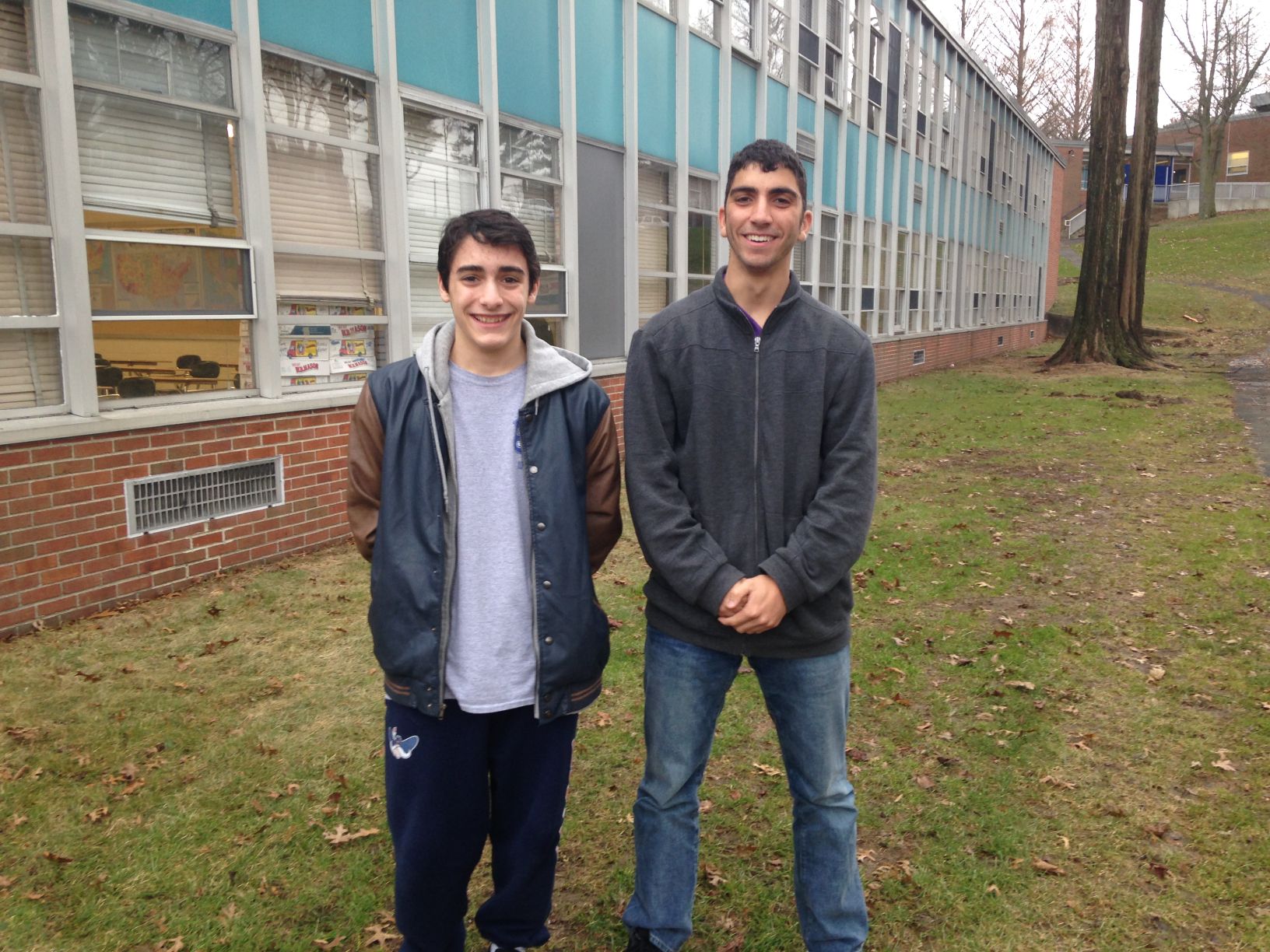After creating an online database for high school students to post science research projects last year, Aram Baghdassarian and Jesse Smith said they wanted to give their peers the opportunity to share research similar to how professionals publish their work online.
On Feb. 16, the two Great Neck South High School juniors achieved their goal with the launch of Scicademy.org.
“Think of all the high school students that conduct research and write papers on that research annually,” Baghdassarian said. “Now imagine what the world would be like if that research wasn’t just left on a hard drive and forgotten about once the year ended but rather shared with the public, just as professional research is.”
The idea for the database came after Baghdassarian had completed a science project about the effects of music on memory for a science fair.
He said he thought it was an original idea, but found that other students had approached him saying they had also completed research for a similar project.
“I thought ‘why haven’t I seen this online?” Baghdassarian said. “I realized it was because high schoolers don’t post this stuff online.”
At the end of their sophomore year, he said, he and Smith spoke and found they had a mutual interest in publishing student research online.
Smith said they began working on the project this past summer, with him handling the website’s “logistics” and Baghdassarian handling the website’s HTML coding.
“It was cool and also a valuable experience to see how the website evolved from its basic skeleton form,” he said.
Smith said the two received no outside assistance and launched the website completely on their own.
Baghdassarian said their intention now is to go to various Nassau County science fairs and inform students and teachers of Sciacademy and try to develop a reputation and following.
He also said they aimed to recruit one “ambassador” from every high school to promote Sciacademy and the publishing of high school student research.
Eventually, he said, he would like to develop Sciacademy into a national database.
“Short term is to go to fairs and get people to sign up and get as many people as we can in the local area,” he said. “Once we do that, our long-term plan is to, once we graduate high school, keep up the website and have schools from all over the country use it.”
The database currently has six research projects posted, with Baghdassarian saying he wanted that number to reach at least 100 by the end of April.
Sciacademy accepts any project submitted by a student, he said, as long as it is related to science.
Baghdassarian and Smith said in response to concerns of unrelated work being published onto the database, there is a process that requires one of them to review the submitted work prior to its posting online under a Creative Commons License.
They also added that since the database is for students to submit work, it had probably been reviewed by a teacher.
“The theory is that if they’ve written a paper, then it was likely for a school assignment that a school research teacher has already checked it,” Baghdassarian said.
He also said Sciacademy’s early stages have received support from his peers and teachers.
“We talked to some people here frequently and they all say it’s a great idea,” Baghdassarian said. “The more papers you have the more people you attract.”



